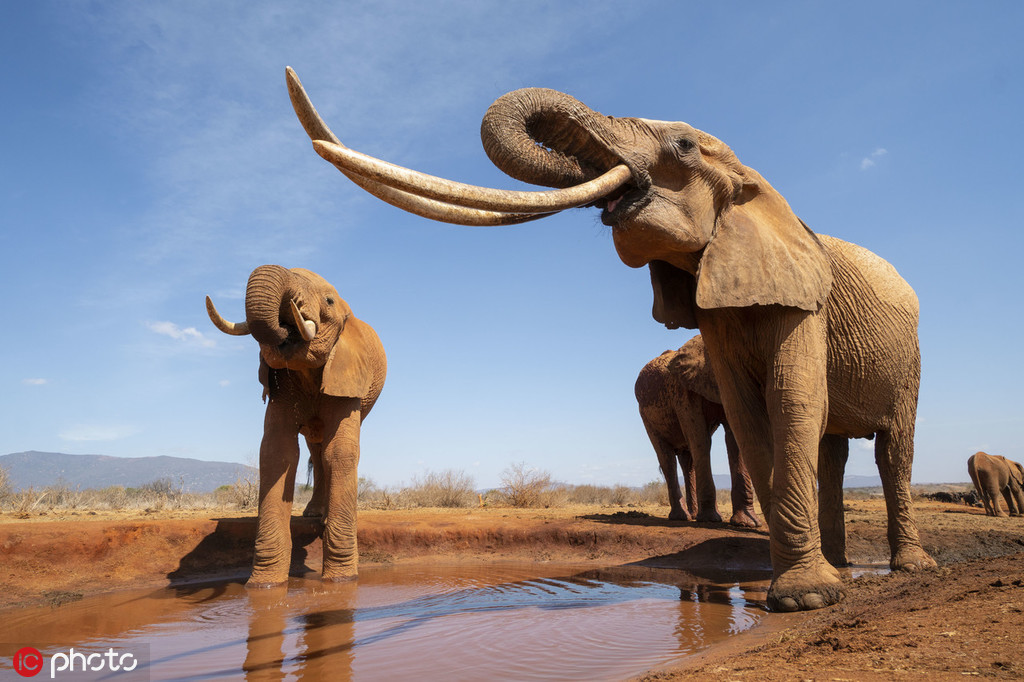Elephant departs but roams in spirit with researchers


Early October marked the end of the road for one of North Kenya's largest tuskers, a celebrated African savanna elephant named Matt. But the road continues for researchers.
Measuring 10 feet (3.05 meters) tall at the shoulder and weighing more than 6 tons, Matt died from natural causes, aged 52, said Save the Elephants, a British-registered charity based in Kenya. The elephant's body was found by an anti-poaching unit on Oct 7.
While Matt will roam no more, he has left researchers with a wealth of knowledge about elephants' behavior. He had been fitted with a GPS tracking collar in 2002 by Save the Elephants. This was done in order to make it easier for researchers to monitor the elephant's behavior as well as to help rangers protect him from poachers.
Matt, thanks to his tracking collar, appeared in numerous nature documentary series including the BBC's This Wild Life and Secret Lives of Elephants and Nature's Epic Journeys, intensifying his high popularity.
Iain Douglas-Hamilton, the founder of Save the Elephants, said that by studying Matt, the researchers found that male elephants have a habit of migrating hundreds of kilometers in search of females in estrus - or in heat - to mate with, besides looking for food.
"This is evolutionarily a great way of maintaining a healthy gene pool in the vast landscapes that elephant families occupy. As we saw with Matt, a single elephant's range can be quite large; some hundreds of thousands of square kilometers," he said.
Matt had roamed farther than any other elephant in Kenya tracked by Save the Elephants, nearly circumventing Mount Kenya from Meru all the way to Laikipa, a continuous east to west loop of about 245 kilometers. His travels also took him northward across Samburu for a stretch of 220 kilometers.
"Matt's movements were highly original, and taught us that far separated protected areas could be linked by night-time dashes through dangerous territory," he said. "This ability to make large movements under cover of darkness revealed previously unknown corridors."
Douglas-Hamilton said that when Matt was in his prime, the elephant dominated matings so his genes were spread far and wide in the elephant population through the many calves he sired.
"When he grew old, he moved less and he was peaceful toward human beings. He became well known by the Samburu people living in the village of Serolipi," he said.
Despite his size and spectacular tusks, Matt survived and thrived during the height of the poaching epidemic a decade ago - a testament to his adaptation and local knowledge.
The crisis killed an estimated 100,000 elephants across Africa in just three years from 2010.
In 2017, Douglas-Hamilton recorded a dramatic scene with Matt after he went to investigate a confrontation between the celebrated savanna elephant and another elephant called Edison and found himself stuck in the middle.

































